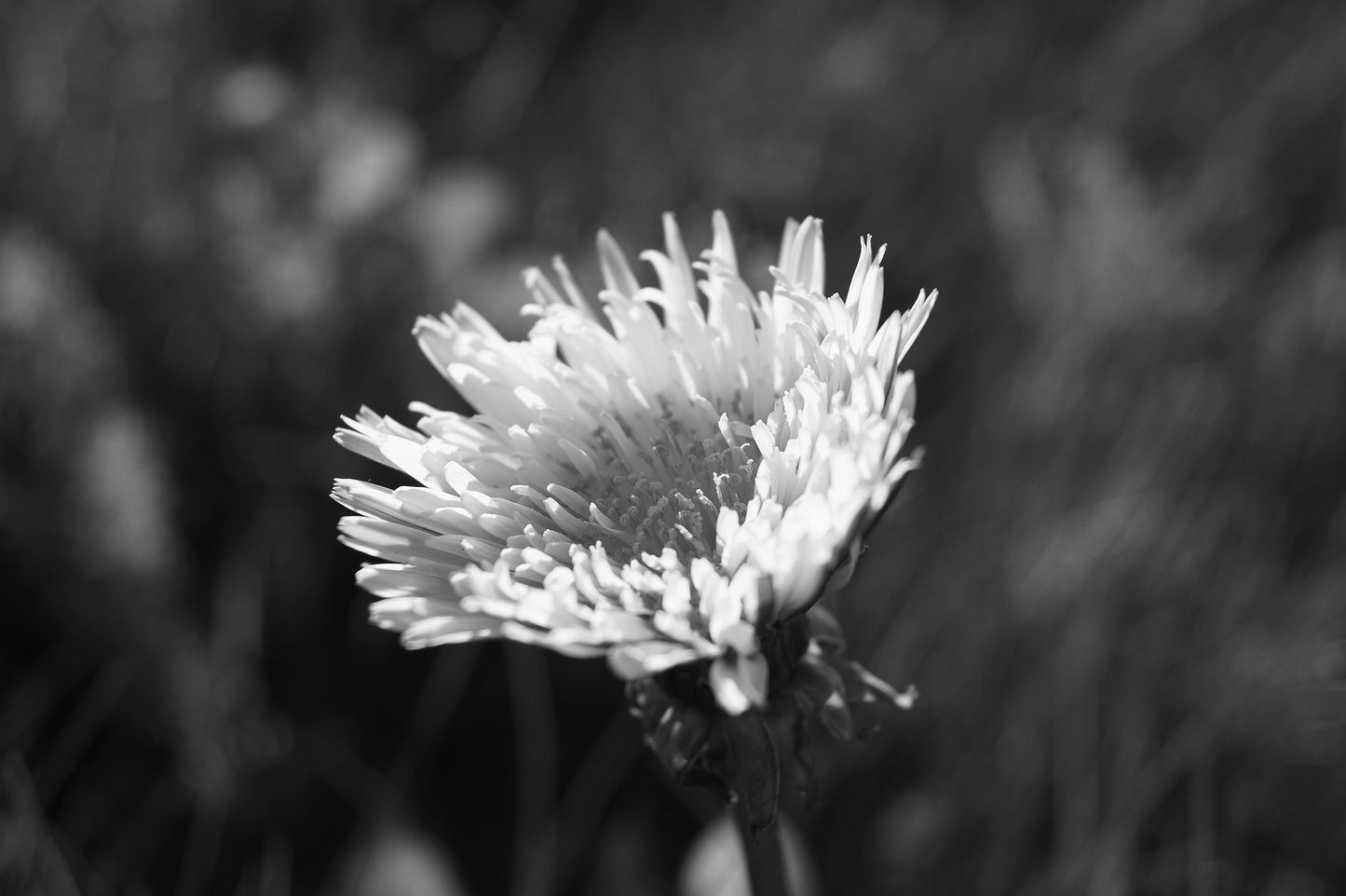
Think of dandelion as a superfood rather than a weed! They are in abundance at the moment and they can easily be found everywhere in nature.
It is a nutritional powerhouse, and can be used for so many health benefits.
Every part can be used - collect the leaves before the familiar yellow flowers emerge to ensure the least bitter taste, and gather the flowers once they turn yellow.
Never collect wild plants from chemically treated lawns or gardens.
WHAT IS IT GOOD FOR -
- LIVER CLEANSER - Helps clear inflammation and congestion of the liver & gall bladder.
- DIURETIC - A natural source of potassium, making it a safe, gentle diuretic.
- IMMUNE SUPPORT - Rich in antioxidants that help fight infection and speed wound healing.
- HEALTHY SKIN - A good source of vitamin c which supports collagen formation - the foundation of youths skin and healthy gums.
HOW TO GET THE BEST FROM THE PLANT -
LEAVES - These supply all the major antioxidant vitamins, including C & E
FLOWERS - Dandelion flowers contain useful amounts of beta-carotene, vitamin C, iron, and other nutrients. The colourful petals contain antioxidant flavonoids, which help to lower blood pressure and boost immunity.
ROOTS - The root, which can be dried and used as a caffeine-free coffee substitute, it is a mild laxative and has a diuretic effect.
It is also has antiviral properties and contains inulin, a prebiotic that encourages a healthy gut.
WAYS TO USE IT -
PESTO
Use the leaves on their own or combine with nettles and blend to a paste in a good processor with pine nuts, garlic, Parmesan cheese, and olive oil to make a springtime alternative to classic pesto.
DANDELION TEA
Fresh or dried, all parts of the plant can be brewed into a refreshing tea that has diuretic properties. Add the yellow flower petals to salads and stir fries, or pickle the flower heads in vinegar to preserve their nutritional benefits beyond the period they are in season.
ROAST THE ROOTS
Cook like parsnips. They taste sweetest from autumn to early spring.
